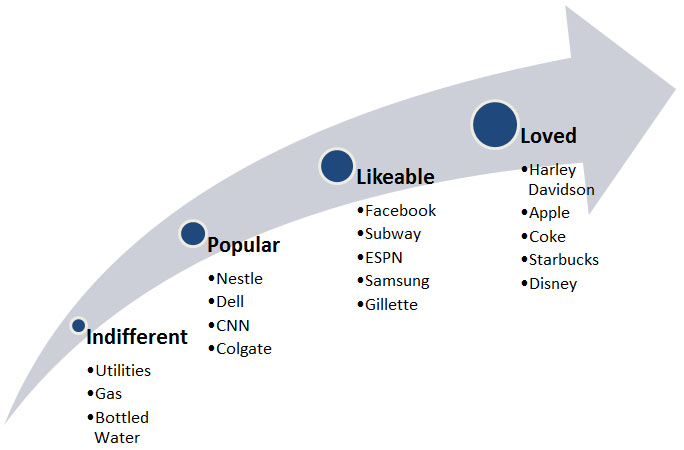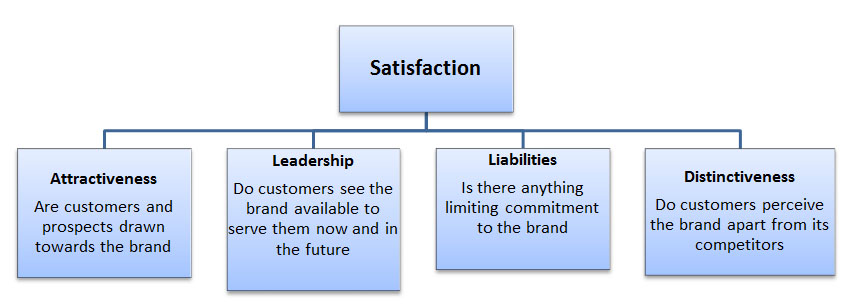
Figure: Current health status of some popular brands
While checking a brand’s health certain vital aspects are captured such as how aware are people of the brand, how do they perceive the brand, what do they expect from it and from other competitors and whether they intend on buying. Tracking brand equity is an important function of any brand manager or of someone in marketing. Not only does it help in staying a step ahead of competition, but it also quantifies the effectiveness of marketing and advertising campaigns.
Objectives of Brand Health Survey
Broadly, this technique is used to measure a 360 degree view of a brand. It includes the following aspects:
- Awareness and usage
- Stakeholders’ perception of the brand.
- Performance of the brand on its value proposition
- Customer loyalty
- Strategy to allocate resources aptly for maximizing the brand potential
- Ability to charge premium
Areas to be covered in Brand Health survey
Following features are covered for a comprehensive brand tracking study:
- Brand AwarenessConsumer awareness is the connection between marketing and sales. Awareness depicts how familiar customers are with the brand. In a brand health survey both recall and recognition are captured. Recall is a better indicator of the brand’s health as a name that first comes to the customers’ minds is more desirable as compared to a name that is prompted and then recognized. In the former case, customers are also more likely to recommend the brand.
- Brand UsageUnderstanding a brand’s usage helps a company realize its standing in the market. Apart from getting an idea about the consumers’ purchase behaviour and preferences, the study also indicates the brand’s market share. While measuring brand usage, frequency of usage, recency of purchase and total spending on the brand are quantified.
- Brand AttributesThis part of the study simply checks whether the brand is coherent with the customers’ expectations and how well their needs are fulfilled. Every brand strives to maintain a positive impression about itself in the minds of the customers. Measuring brand attributes checks time and again whether this is true and if not, what is the pitfalls customers associate with the brand. In a nutshell, customer satisfaction is the primary attribute to be checked which is comprised of several sub attributes as described under:
- Satisfaction is the supreme indicator of a brand’s health and it is a culmination of all its sub factors. Considering the example of Walmart in the US, it does not enjoy impeccable brand health because though it is a market leader, it has significant liabilities.
- Purchase IntentMeasuring the likelihood of purchase is an important part of the brand health survey. Respondents should be probed on their reason for purchase, channel and time so that a near accurate prediction of the actual purchase decision can be made.

When to conduct a Brand health Survey
Depending on the industry and the organization, this study can be conducted at an interval of 3-6 months or on an annual basis. Generally it is required most frequently in the FMCG sector due to the fast faced atmosphere of that industry. For the services industry, a much lesser frequency is sufficient. PwC implements this study once every two years to understand its position amongst the Big Four consulting companies.
It is beneficial to conduct brand health survey in the following changing circumstances:
- Business / Organizational change
- Strategic alignment (Vision, Mission & Values)
- Promotional synchronization with marketing plan.
- Market Dynamics
- Change in customer base or clients
- Rebranding in terms of names and logos
ไม่มีความคิดเห็น:
แสดงความคิดเห็น